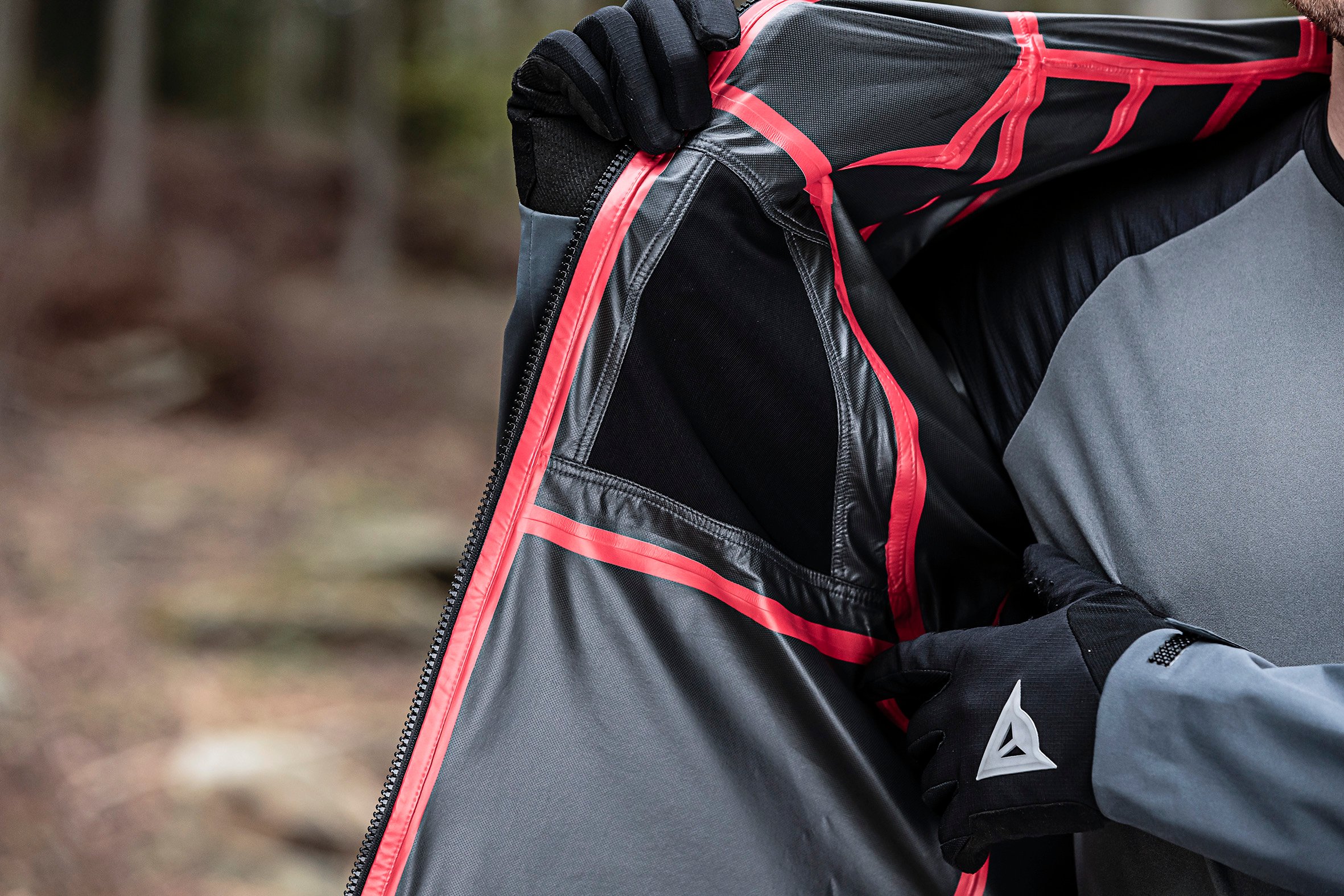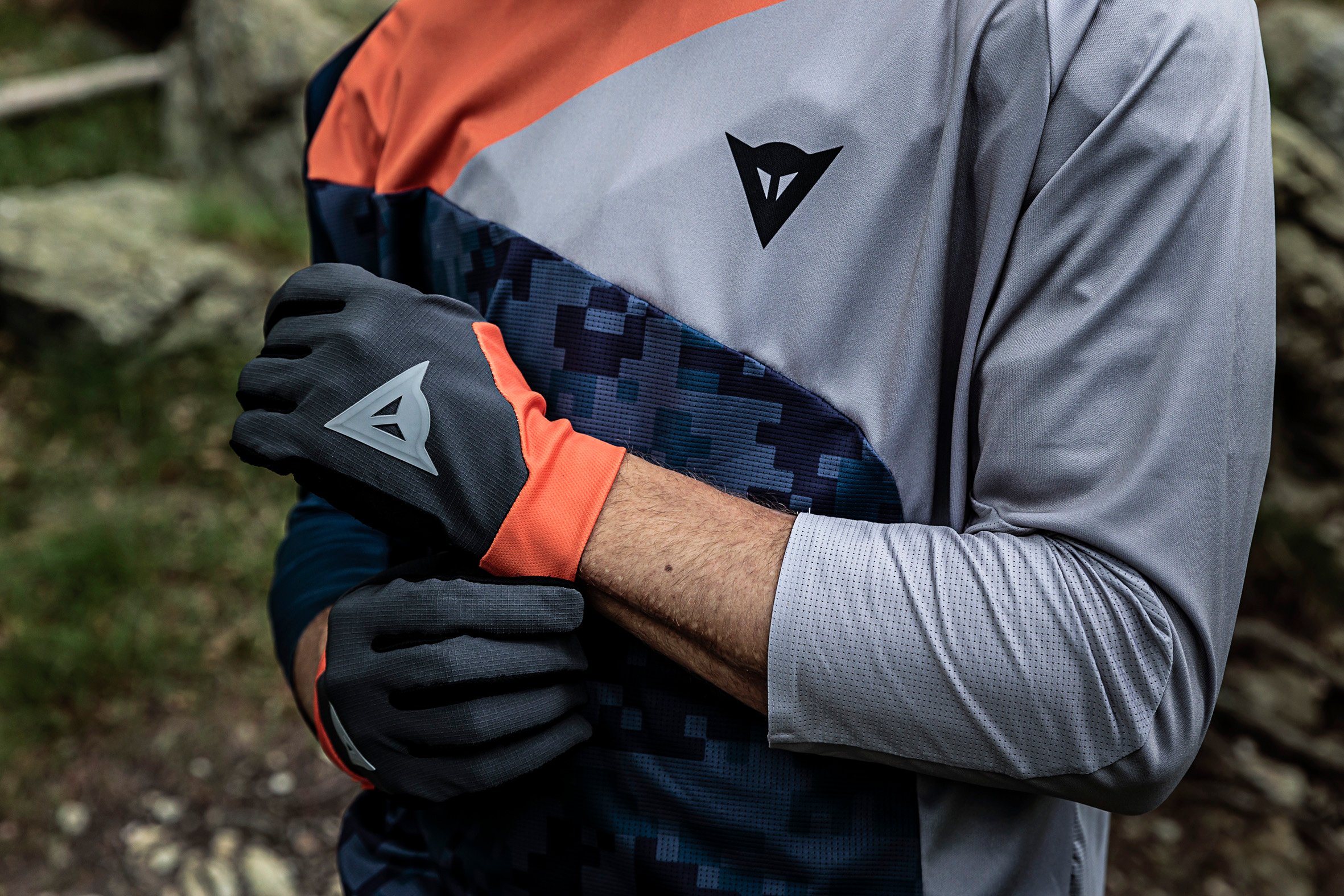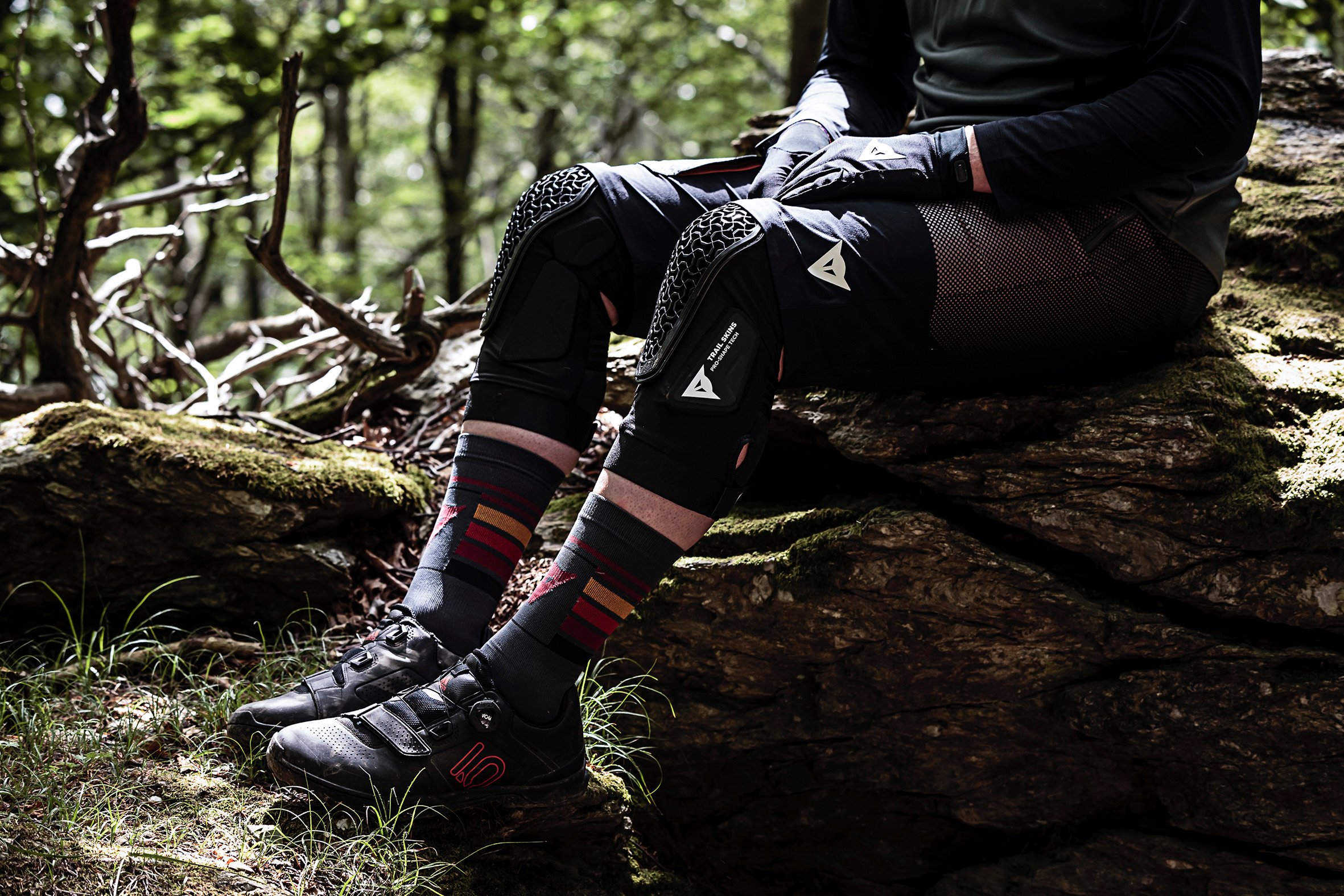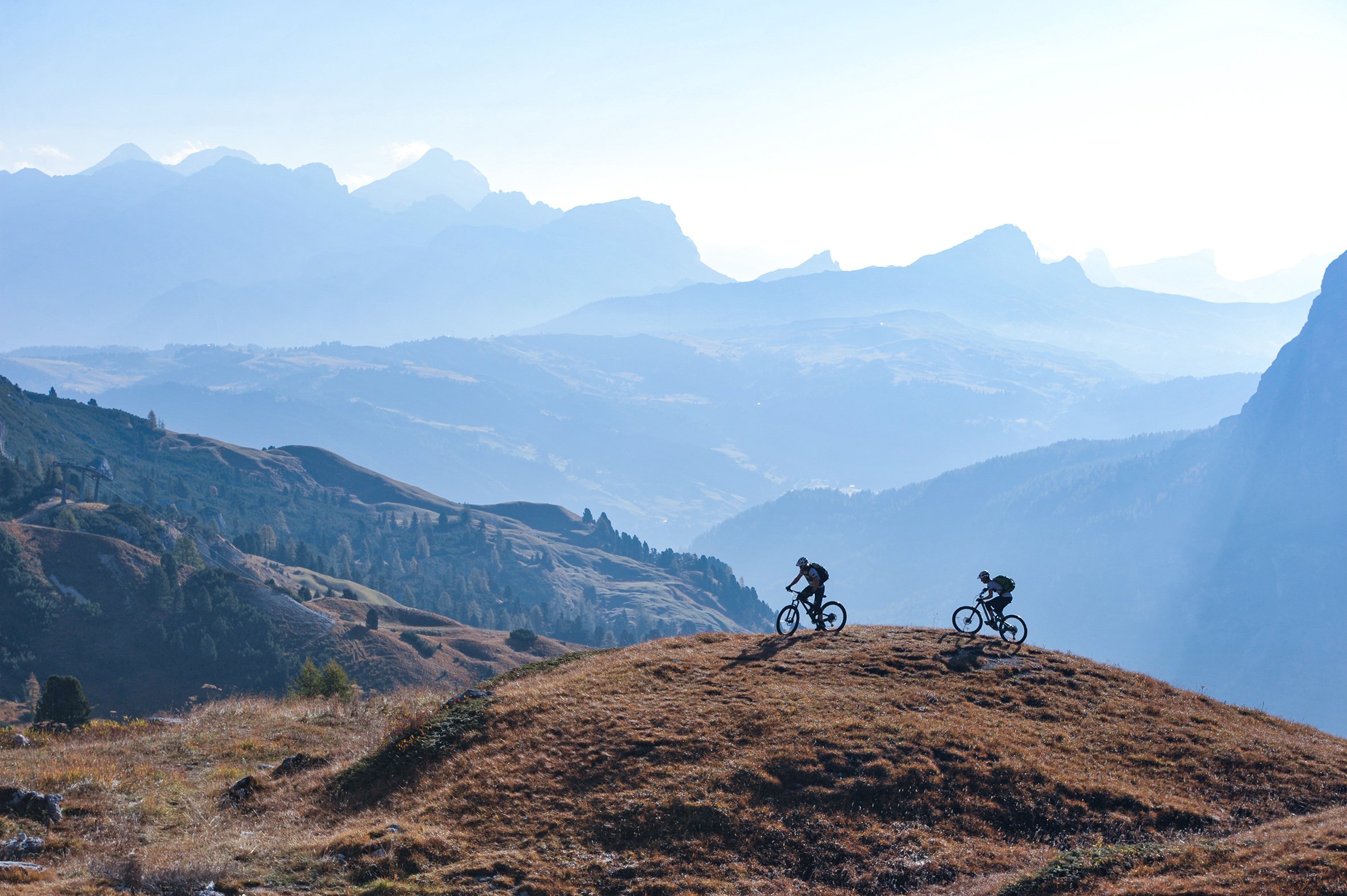Ever dreamed of spending a summer night under clear starry skies and immersed in absolute silence? In search of a stillness so complete as to be deafening and where you can clearly hear your own breath and heartbeat.
You don’t have to be on top of Everest or even in the middle of the desert. All you need is a little resourcefulness, the right spirit, and a trusted friend to share the adventure with. This is the essence of bike packing.
Traveling by bicycle has many meanings. From the most traditional meaning of the word, namely taking on a real journey with a bike overloaded with everything you need to be independent for days or weeks at a time, to perhaps the most accessible interpretation, a two-day trip to the mountains, sleeping out for just one night.
There are various possibilities here, but with a mountain bike, a backpack and some essential equipment, you can create beautiful stories to be told for years to come. For just a night or two you can afford to be agile and compact in terms of your equipment, with no need for tents or camping stoves, which will only weigh you down.

The easiest way to approach bike packing in the mountains is to rely on existing structures such as lodges or bivouacs, which can provide essential services. They may be short on comfort and privacy, but it's also true that often all we need is a solid roof over our heads.
The bike prepped, we need to think about the clothing we will wear and take with us. The general rule to follow for any ‘on the road’ vacation, even if we’re ‘on the trail’ in this case, is to leave the superfluous at home. But there is a big difference between a trip in warm weather and one in the mountains. We all know the weather can change very quickly at high altitude, as can the temperature. In just a moment you can go from summer temperatures to more critical situations with rain and wind.
Wearing layers is always good advice. Having extra garments available allows us to deal with a wide range of temperatures, which can easily vary from ten to thirty degrees. Try to imagine a classic mountain trip: you set off early in the morning, perhaps it is overcast or you find yourself in a shady area. Even in the height of summer it will be well below 20°. In the late morning the sun is high, the clouds have thinned out and you find yourself pedaling along a path through the pastures: it's time to take off everything you can and put it in your backpack. Towards evening the temperature starts to drop, dramatically so after sunset, so you would want a nice warm sweater with you and probably also an outer shell.

As we’ve said, you don’t necessarily need bad weather to want to wear a waterproof shell. Even a calm summer evening high in the mountains can see temperatures easily drop below 15°C. This is why the shell is an essential garment on any alpine trip. It must be created with a waterproof but breathable membrane, capable of offering maximum comfort in any situation. Any self-respecting shell should be elasticated, have numerous pockets and adjustable air vents, and take up little space once folded.
One detail that the less experienced often overlook is the taping of seams. This is a fundamental measure to prevent water from entering the tiny holes in seams. A lack of taping renders the waterproofing properties of the membrane completely useless.

On a summer outing, and starting from the inside, it is always good to wear a shirt that is as light and breathable as possible, so as not to suffer from the heat at the height of the day. Pay attention to materials. Technical garments are always far better than good old-fashioned cotton. The latest synthetic yarns are able to expel humidity and dry very quickly.
You can choose between long, short or three-quarter sleeves. Use whatever you prefer, as each has its pros and cons. A short sleeve is suitable in warm weather, but remember that a long sleeve offers better protection from the sun and prevents any irritating sunburn.
The intermediate layer is to be worn early morning or towards the evening. A soft, warm but breathable layer, is perfect for "medium" temperatures. This garment should offer wind protection in the front and the ability to expel heat and humidity in the back. Combining what seem to be opposing properties in the right areas, like air protection and transpiration, is actually the key to maximum comfort.

One much-discussed topic regards the seemingly unattainable balance between protection and freedom of movement. This is why many people mistakenly choose to do without protectors on a multi-day trip in the name of lightness.
Knee pads are now used almost universally across all mountain disciplines, and one of the reasons is precisely because modern technologies have reached a level of expertise that can offer safe but extremely light and breathable protectors.
A perfect example in this product category is the Dainese Trail Skins Pro knee guard. Inspired by auxetic shapes, its structure allows protection and airflow to be combined in a unique way. It is a classic example of a garment that you put on and forget you’re wearing after just a few minutes. When the hours in the saddle start to add up, being able to count on such protection really makes the difference.

The other pieces of equipment tend to leave less room for interpretation, but a few tips are always helpful. The helmet: an open one is preferable for this kind of trip. Shorts, to be worn with a pad of course, should be lightweight and complete with large zippered pockets to store frequently used items. To cope with the unpredictable alpine weather, it is good to have a spare pair of gloves with you. The weight is negligible compared to the pleasure of wearing a pair of dry gloves, when those used on day one are still wet after that unexpected rain shower.
Then we must not forget to pack those multi-day trip essentials in our backpack. A spare inner tube, pump, connecting link for the chain, multi-tool, toothbrush, toothpaste, shirt to sleep in, water, and some food supplies depending on the availability of a meal at your destination. Pack a small torch as this can be very useful, especially when staying overnight at a more spartan structure. These are the bare essentials, which will allow you to minimize bulk. If, as we’ve said, we have a good spirit, even the lack of a shower won’t be a problem; this can be replaced with wet wipes or, for the brave, with water from the stream.

Now there are no more excuses to postpone that trip that we have been planning for months. Let's take a little time to gather everything we need and carefully study the itinerary and then off we go. Headed for the mountains, your bike in the car, a weekend immersed in nature is something you will never regret.
Preparation always makes the difference.